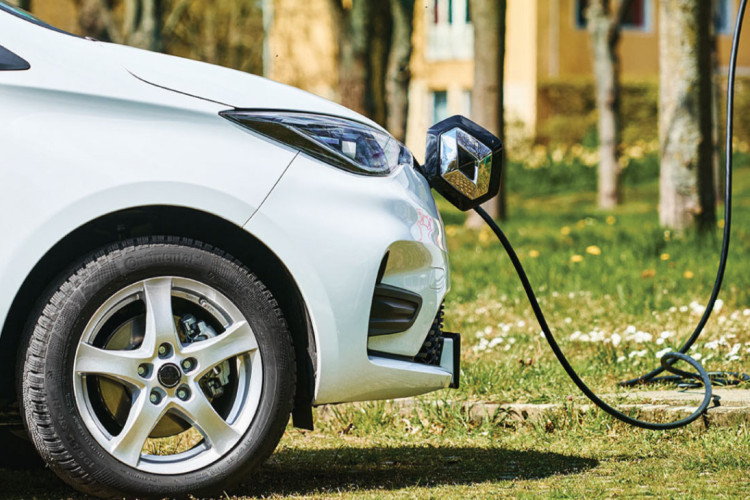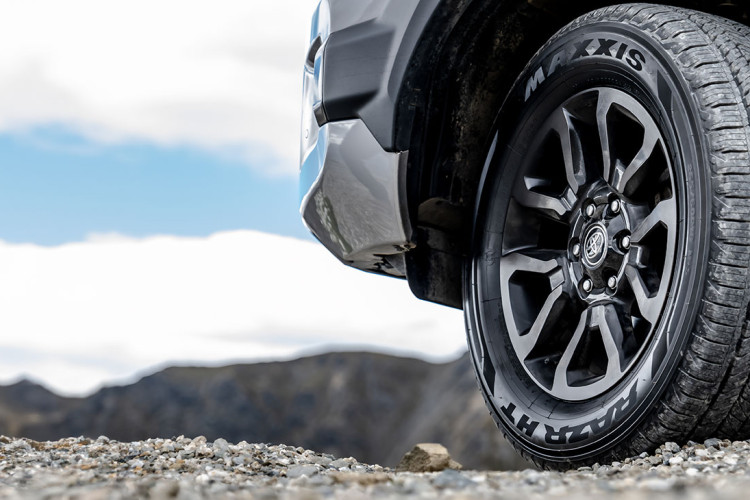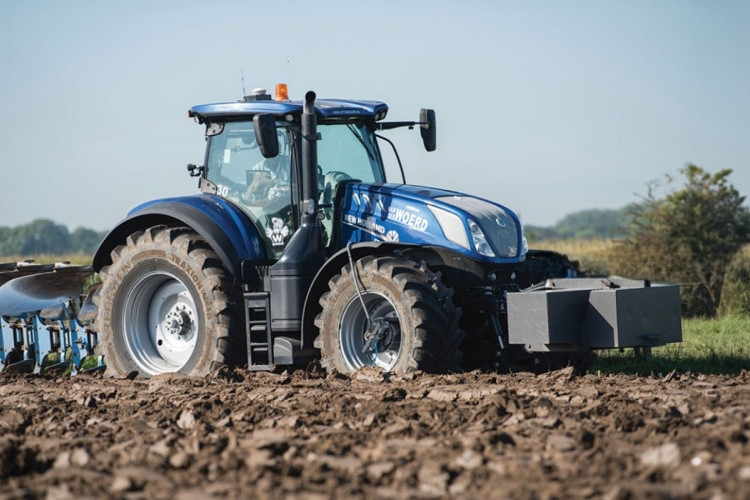Tyre pressure: the fastest way to get the best from your tyres.
Once you’ve got your new tyres fitted up and had a wheel alignment if you need one, there’s one single thing that can affect tyre wear, tyre handling and fuel efficiency faster than anything else: the pressures you run your tyres at.
Over-inflate your tyres and you’ll end up with the centre of the tyre taking all the load. This causes uneven wear: come time for a tyre inspection and you might find yourself with a tyre that’s unwarrantable in the centre of the tread while it’s still got several millimetres of unused tread rubber on the shoulder. It also reduces the tyre footprint so you’re more likely to experience loss of traction, unsafe cornering and handling and an uncomfortable ride.
Under-inflation meanwhile, means that the shoulders of the tyre take most of the load, leaving worn shoulders and an unworn section in the centre. With under-inflated tyres you also risk reduced steering response and stability, and in extreme cases, irreparable tyre damage. You’ll also find yourself paying for substantially more fuel than you really need to as under-inflated tyres use more fuel to cover the same distance.
Sound scary? Fortunately it’s pretty easy to find out what pressure you should be running your tyres at, and even easier to keep an eye on it. You’ve probably heard a few theories on what the ideal inflation pressure for a tyre should be, but no one knows your vehicle better than the manufacturer that designed it in the first place and has likely worked with tyre manufacturers to determine optimal tyre pressure. So your best bet is to follow the tyre pressures specified with the vehicle; these can usually be found in your vehicle handbook, inside the fuel filler flap, on the driver’s door pillar, or on the sun visor.
Tyre pressure gauges can be purchased for upwards of around $10, or you can get these checked at your local garage. We recommend checking your tyre pressures once a month as part of your car care routine. Just make sure you’re doing the check and adding any air when your tyres are ‘cold’ (i.e. they haven’t been driven on for a couple of hours, or they’ve covered less than 1.5 km). Air expands inside a tyre as a tyre heats up, so if you check the pressure when a tyre has been running for a while, you’ll always get a higher reading and you won’t be able to set the pressures correctly.
So make a note to take a quick check on your tyre pressures every month. It only takes a couple of moments and you can enjoy the smug feeling of making sure you’re getting optimal tyre wear and vehicle handling as well as doing what you can to save the planet and keep your fuel costs down.

Keen to know more about tyre wear?
-
Topics:
- Tyre Technology
More tips and articles

Tyres for Electric Vehicles

Product Spotlight:
Maxxis HT780 RAZR HT

